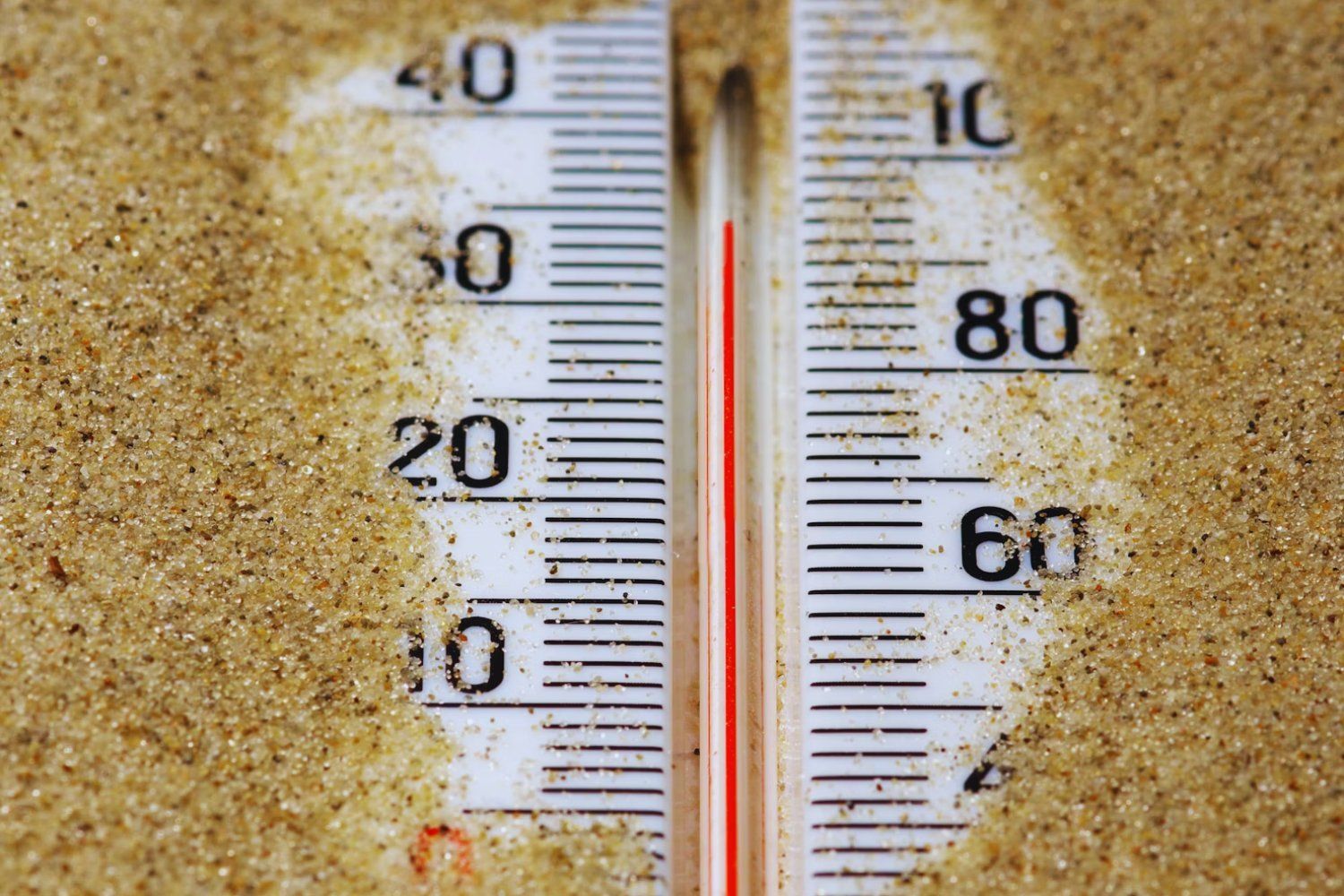Climate change is no longer a distant threat: it begins to be rarely shown in several corners of the world. According to NASA, South America is among the areas most exposed to a future where heat overcome the limits that humans can support. And Brazil, one of the most biodiverse countries on the planet, is sights as a potential inhabitable zone by the end of the century.
Brazil under the siege of extreme heat
A study led by Colin Raymond of the Jet Propulsion Laboratory of the NASA points out that regions such as the north and northeast of Brazil could experience lethal temperatures around 2070. The report warns that states like Amazonas and Roraima are already facing extreme conditions, with increasingly frequent and intense heat waves.
This scenario projects a devastating impact for daily life, public health, food production and economy in general. Extreme heat puts people at risk, but also essential crops, cattle and ecosystems that support millions of lives.
To this is added the human factor: mass deforestation, burning fossil fuels and the intensive development model have accelerated heating in the region, altering climate patterns irreversibly.
A summer that marked a before and after

The summer of 2025 showed that the future has already begun. Brazil crossed one of the most intense heat waves in its recent history, with temperatures that exceeded 40 ° C in several states. Cities of the North, Northeast and Central-West suffered extreme conditions, and in some cases classes and outdoor public activities were suspended.
The National Institute of Meteorology (IMET) issued red alerts due to heat stroke, dehydration and thermal stress. Medical authorities warned about an increase in hospitalizations linked to respiratory and cardiovascular problems.
In addition, the electrical system was compromised by the increase in energy consumption, registering blackouts in different cities. Agriculture, especially in Mato Grosso and Bahia, faced millionaire losses due to burned and cattle affected by dehydration.
A future that can still be avoided

Despite the gloomy panorama, experts agree that there is still a margin of action. Reducing greenhouse gas emissions, curbing deforestation and adopting climate adaptation policies could mitigate the most extreme consequences.
The situation in Brazil thus becomes a global attention call: if it does not act immediately, which today seems like a futuristic scenario could soon become a daily reality. Extreme heat is no longer an isolated phenomenon: it is the new face of the climatic crisis.









